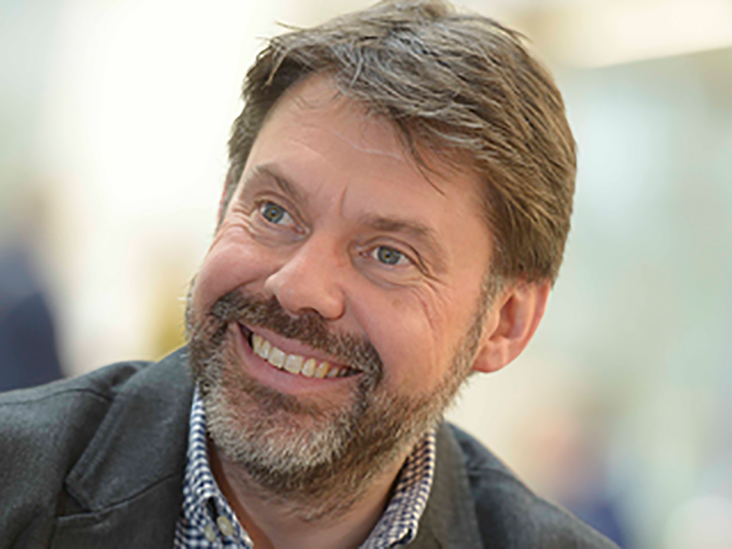Speaking to Medical News Today in part one of a two part interview, Prof. Paul Kellam’s message is clear. The current situation is very bad, and we all have a role to play in the global effort to curb the COVID-19 pandemic.

As social distancing and quarantine measures are becoming commonplace across the globe, we are looking to experts to help us understand how scientists are working during a pandemic, whether a vaccine or other treatments are in sight, and what the future may hold for us all.
Paul Kellam is the professor of virus genomics in the Department of Infectious Diseases in the Faculty of Medicine at Imperial College London in the United Kingdom.
His experience includes infectious diseases spanning MERS, influenza, and HIV. He is working with colleagues at Imperial College on a vaccine against SARS-CoV-2, the virus that causes COVID-19.
Medical News Today spoke to Prof. Kellam about the lessons experts have learned from previous coronavirus outbreaks, the challenges of working during a pandemic, his overriding sense of alarm, and what the future may hold.
MNT: What lessons have you learned from your work on other viruses that might help with the current pandemic?
Prof. Paul Kellam: I think there are a number of things. One, and probably the most important one, is speed.
What infectious disease virologists and epidemiologists know and relearn is: Whatever you’re doing, do it faster.
That’s always the tempo through virus outbreaks, and because the data that you have are always behind where the epidemic is, you always need to be mindful of speed to try to catch up.
That has been something that’s come out through this pandemic. It is speed. Speed to identify the case clusters right back at the beginning in China. Speed to identify the infectious agent in the first cases.
Speed to get the virus genome sequenced and made publicly available, and an incredible amount of speed then to generate RT-PCR diagnostics so that we can start to identify infected individuals to try to control the early epidemic by contact tracing.
The distancing and then eventual shutdown we are now in is what eventually happens with a pandemic when we are always running to catch up.
We are, however, able to bring this epidemic under control, at least for a period of time. We can see this in China and in South Korea. To do this, we need Herculean efforts of social distancing and the quarantining of individuals when they’re infected — on their own or in a family unit — for 7–14 days to break transmission chains so that you don’t get as much transmission in the community and, therefore, directly affect the proportion of people that can become seriously ill so this is in a range that’s manageable by healthcare systems.
So we know that we what we’re doing in Europe, the U.K., and across much of the world has the potential to turn our epidemics into where China and South Korea and southeast Asia have successfully — for now — got to.
Now, however, we need to start thinking about maintaining the speed of thinking and action into what we do next.
The sharing of data is absolutely important, as well.
Normally, the publication process in science is very slow. In this pandemic, we’ve noticed, pro

